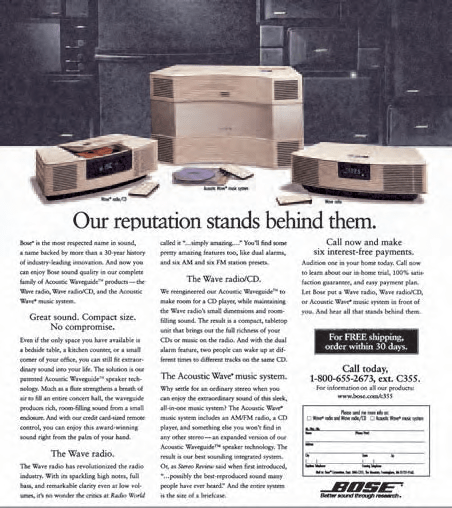The starting point of any email marketing journey is data collection and one of the most used methods is the landing page. But this important point of data collection is often understated by marketers. The long term understanding of the landing pages used by your audience can help drive key decisions for your overall marketing strategy.
That’s one of the reasons why the ‘source‘ of each profile update processed by Websand is a mandatory field. It’s important data.
So let’s look at how you can understand more from this information, and the importance of the landing page signup form and those people that signed up using that process. Be that the landing page they signed up for last summer or yesterday!
Common mistakes when collecting data using landing page signup forms.
The mistakes and missed opportunities we often see related to capturing new subscriber data for your email marketing can be grouped into four areas.
Check out the list below and see if you fall into any of these issues.
1. Collect the Consent
Firstly, you’ve got a legal need for this as part of GDPR. Whenever you are collecting information from a new subscriber or customer, you need to gather consent and be able to prove that consent if it’s ever challenged. So keeping a log of who signed up, when and where (e.g. which landing page) is very important. If someone complains that they haven’t provided marketing consent, you need to be able to prove that they have.
2. Get the name fields right
You’ve limited your options for personalisation, and getting better results from your email marketing if you aren’t capturing the name of your subscribers.
But even then, too many marketers get this wrong. Make sure you separate first name and surname when you are capturing name data. It saves a huge amount of time and stops your subscribers from being addressed with their full name.
Hello Gavin Belson, looks a bit odd as the beginning of an email, better to have it as a simple Hello Gavin.
3. Tracking the Source
By tracking the source of the subscribers that signup to your landing pages you can understand which are the best performing and converting landing pages over time.
Old school email marketers understand the importance of this. Bose famously used different telephone numbers on the same advert to understand which advert placement resulted in the highest sale conversion.

Understanding the long term impact of your landing pages can make significant boosts to your conversion performance and save money within your valuable marketing budgets.
Landing page A might get the highest volume of subscribers, but if Landing page B ends up converting more customers, that’s key information for the acquisition side of your marketing strategy.
Another reason to log the landing page that your subscriber signed up for last summer.
4. Creating a relevant lead generation email marketing funnel
And last but not least, understanding the place where people first signed up is the great place to start your email marketing lead conversion funnel.
Again, not enough people take advantage of starting their lead generation email marketing by being relevant to the place where the subscriber first signed up.
If you are using multiple places to attract new subscribers, then take advantage of this opportunity. You’ll see a difference.
Why you need to know the landing page signup form people used last summer
A little bit of knowledge can go a long way to helping you create a more effective email marketing process.
By knowing the the landing page people signed up from last summer…
You can log the evidence of marketing consent (could be important).
Improve your email marketing personalisation by capturing name fields correctly.
Understand the long term conversion of the new subscribers that are signing up.
And start your email marketing process on the right foot by creating a super relevant targeted lead conversion funnel.
If that all sounds a bit scary, it needn’t be. Book a call for an email health check and we can help you get everything setup.
